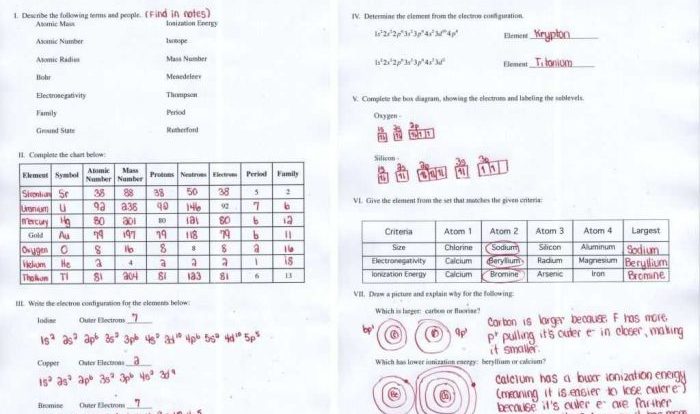Writing chemical formulas for ionic compounds worksheet – Embark on an educational journey with our “Writing Chemical Formulas for Ionic Compounds” worksheet, meticulously designed to guide you through the intricacies of ionic compound nomenclature. Delve into the fundamental concepts of valency, master the criss-cross method, and hone your skills in constructing precise chemical formulas.
1. Introduction: Writing Chemical Formulas For Ionic Compounds Worksheet
Ionic compounds are formed when a metal loses one or more electrons to a non-metal. The resulting positively charged ion (cation) and negatively charged ion (anion) are attracted to each other by electrostatic forces, forming an ionic bond.
The chemical formula of an ionic compound indicates the ratio of cations to anions in the compound. A worksheet for writing chemical formulas for ionic compounds provides a structured approach for students to practice this skill.
2. Methods for Writing Chemical Formulas
Concept of Valency
The valency of an element is the number of electrons it can gain or lose to form an ion. The valency of a metal is equal to the number of electrons it loses, while the valency of a non-metal is equal to the number of electrons it gains.
Criss-Cross Method, Writing chemical formulas for ionic compounds worksheet
The criss-cross method is a simple way to write the chemical formula of an ionic compound. To use this method, follow these steps:
- Write the symbol of the metal first, followed by the symbol of the non-metal.
- Criss-cross the valencies of the two elements.
- Simplify the subscripts if possible.
For example, to write the chemical formula of sodium chloride (NaCl), the steps are:
- Na (valency = 1) + Cl (valency = 1)
- Na1Cl 1
- NaCl
3. Practice Exercises
| Cation | Anion | Chemical Formula |
|---|---|---|
| Sodium | Chlorine | |
| Calcium | Oxygen | |
| Potassium | Sulfur |
- Cations:
- Sodium (Na+)
- Calcium (Ca 2+)
- Potassium (K +)
- Anions:
- Chlorine (Cl–)
- Oxygen (O 2-)
- Sulfur (S 2-)
4. Review and Solutions
The correct chemical formulas for the practice exercises are:
| Cation | Anion | Chemical Formula |
|---|---|---|
| Sodium | Chlorine | NaCl |
| Calcium | Oxygen | CaO |
| Potassium | Sulfur | K2S |
Common errors that students make when writing chemical formulas include:
- Not criss-crossing the valencies correctly
- Not simplifying the subscripts
- Writing the formula in the wrong order
Detailed FAQs
What is the purpose of this worksheet?
This worksheet provides a structured approach to learning how to write chemical formulas for ionic compounds, enhancing your understanding of their composition and nomenclature.
What is the significance of valency in writing chemical formulas?
Valency determines the ratio of cations to anions in an ionic compound, ensuring that the compound is electrically neutral. The criss-cross method utilizes valency to establish the correct formula.
How can I practice writing chemical formulas?
The worksheet includes practice exercises where you can apply the criss-cross method to various ionic compounds, reinforcing your understanding and developing your problem-solving skills.
